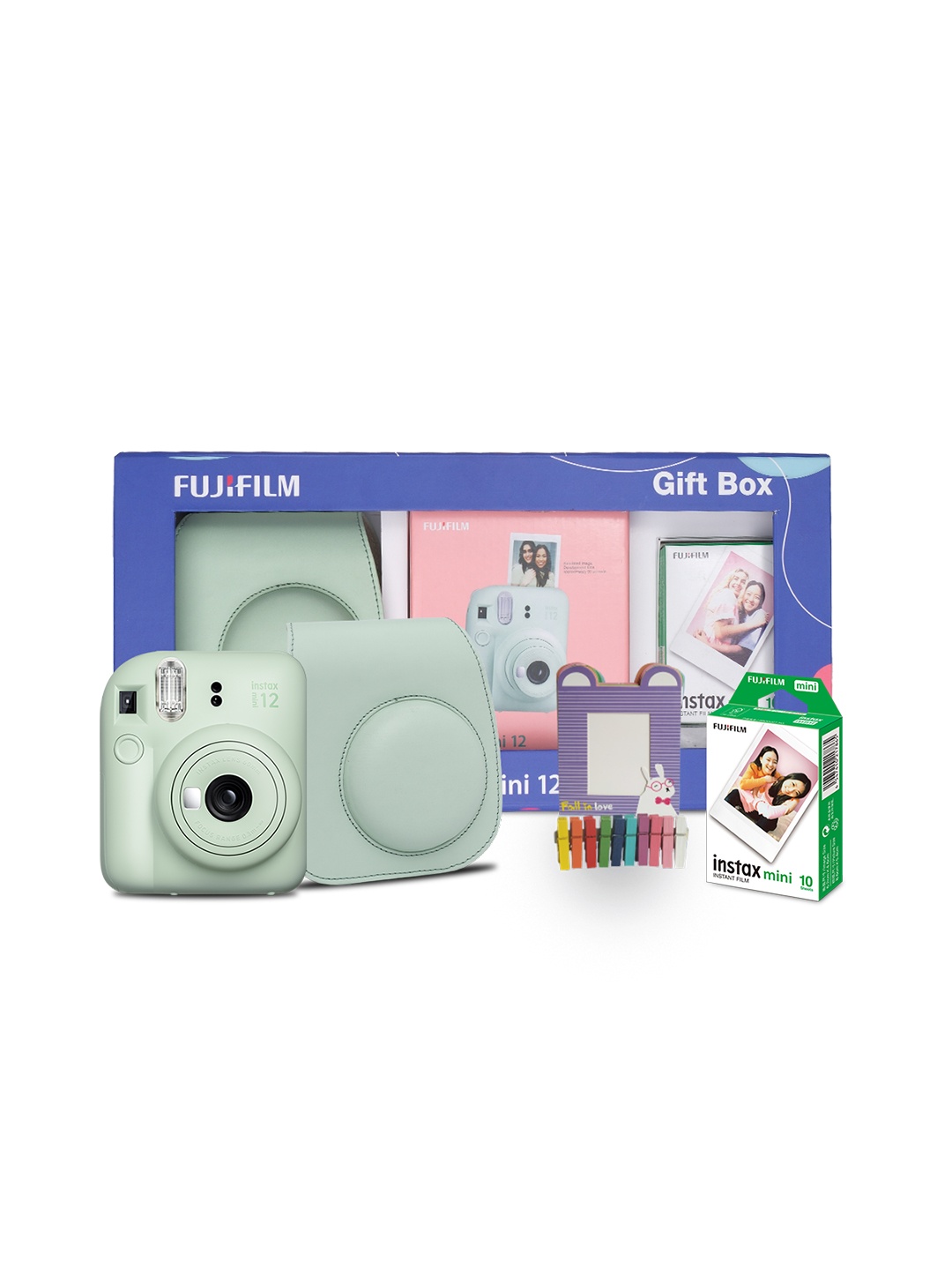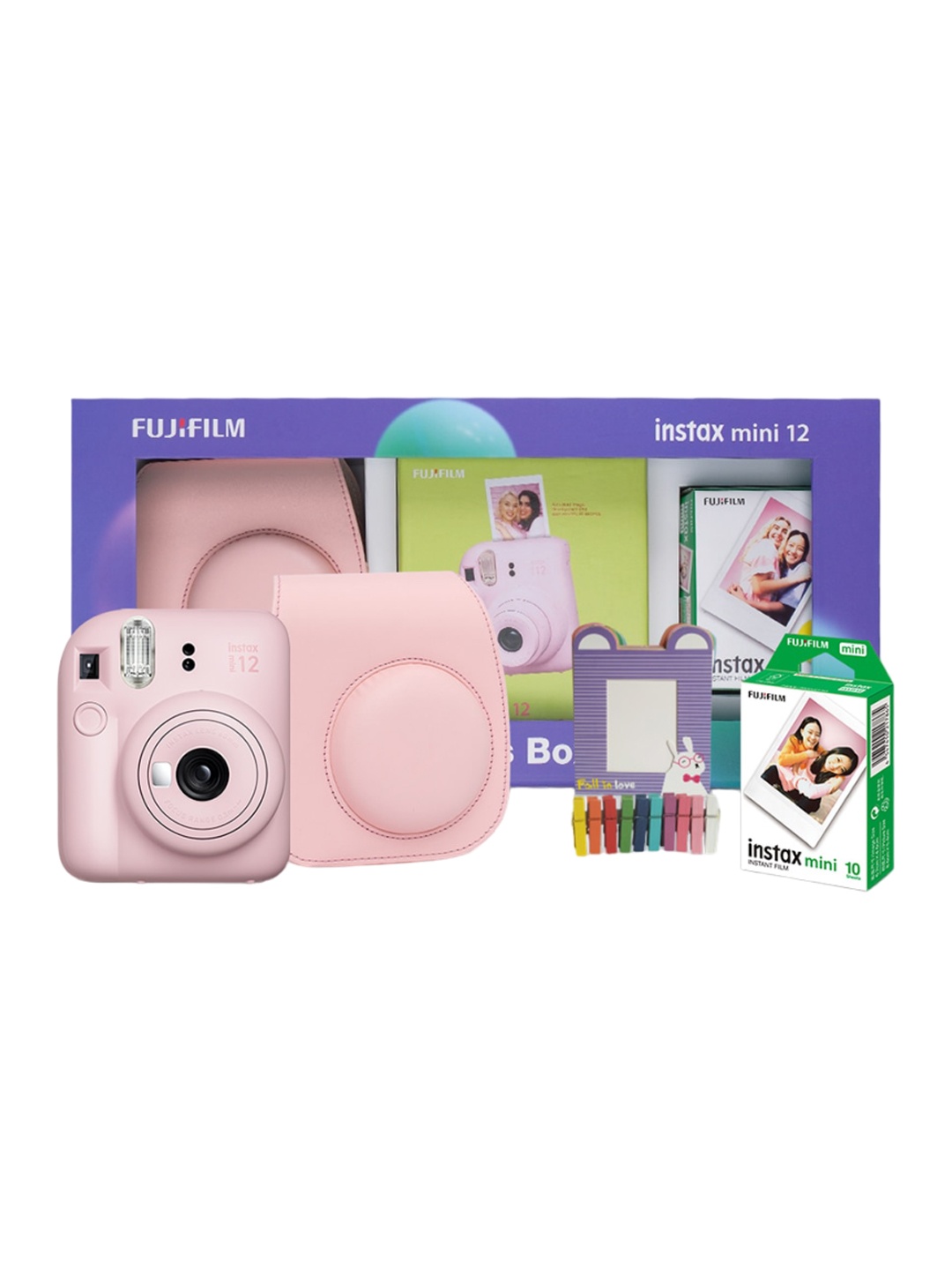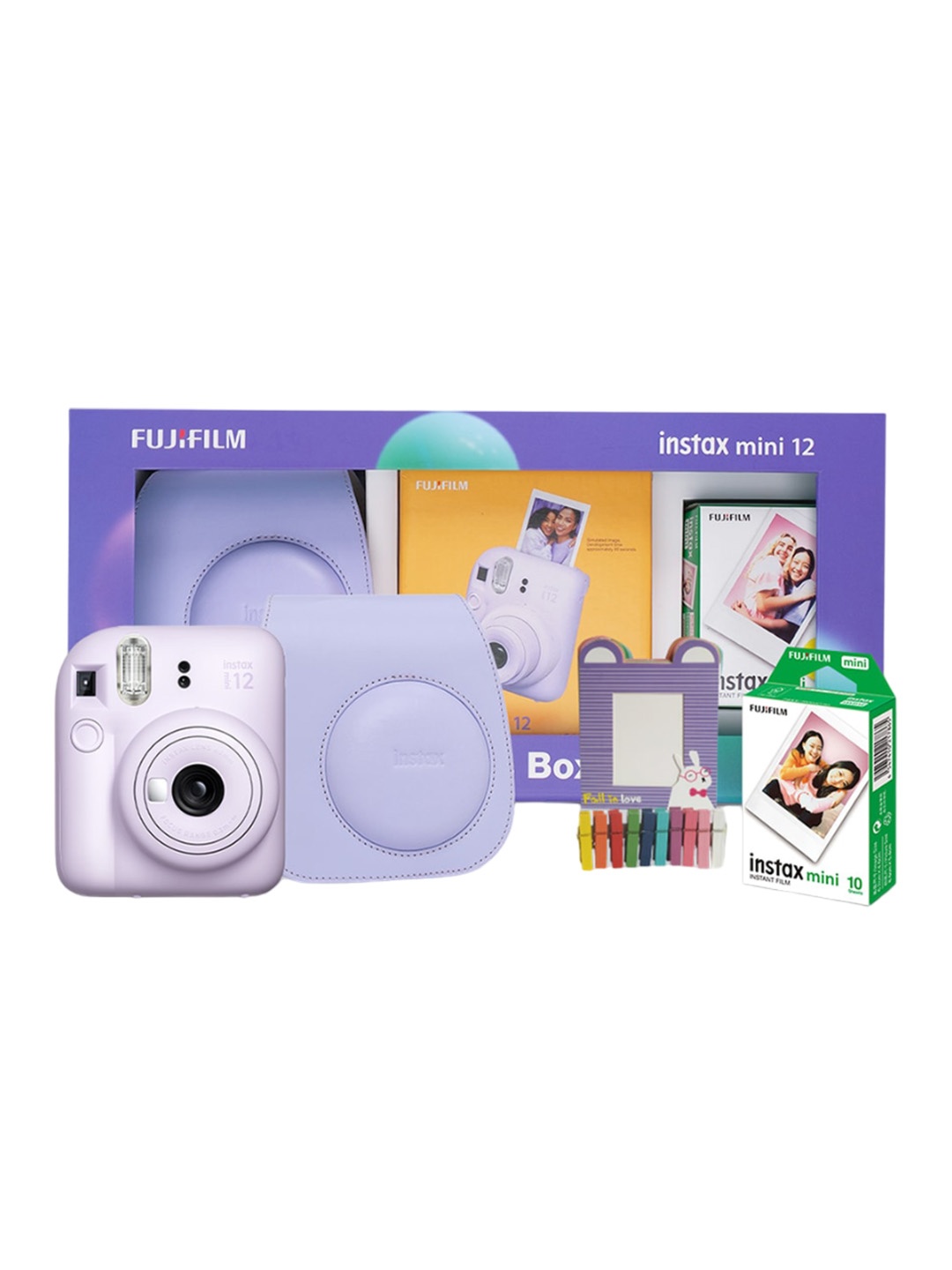How To Decorate Your Living Room With Indoor Plants If You Have Pets

A living room adorned with indoor plants is indeed charming. Indoor plants breathe life into a space, add a splash of green to rather mundane walls, and can even boost your mood. But for pet owners, decorating with plants has an extra layer of responsibility. While most of the plants are perfectly harmless to us, they can potentially be toxic for our furry companions.
But is it possible to create an amicable space for both plants and pets in your living room? Well, it is possible to create a stylish, plant-filled living room without putting your pets at risk. Here's how you can strike the perfect balance between a pet-friendly home and a lush, green oasis.
Choose Pet-Safe Plants
First and foremost, selecting the right plants is crucial. According to ASPCA, some popular indoor plants, like peace lilies, pothos, and snake plants, are unfortunately toxic to cats and dogs. Though there is no particular list of pet-friendly plants, here are a few great choices which are considered safe for them:
- Spider Plant: Hardy, attractive, and non-toxic.
- Areca Palm: Adds a tropical touch and is safe for pets.
- Boston Fern: Beautiful and non-harmful.
- Calathea: Known for their stunning patterned leaves and pet-friendly nature.
- Peperomia: Small, low-maintenance plants perfect for shelves and tables.
Before bringing any new plant home, double-check its safety with reliable sources like the ASPCA's list of toxic and non-toxic plants.
Think About Placement
Once you've selected your plants, placement becomes the next big consideration. Pets, especially curious cats and playful dogs, might see your new greenery as a snack or a toy. So to avoid any dramatic chase around the house, while you pet frantically chews on the plants, here is what you can do:
- Hang Plants Up High: Hanging planters or wall-mounted pots keep greenery out of paw's reach while adding visual interest to your walls.
- Use Tall Stands: Elevating your plants on sturdy stands can create a layered, designer look and discourage mischievous nibbling.
- Create A Green Corner: Dedicate a section of your living room for your plants, using a combination of heights and textures to create a mini indoor garden. If it's out of the main traffic flow, it might also be out of reach of wagging tails and playful paws.
Consider Barriers
If you have a particularly persistent pet who sees plants as an open invitation to play, you might need to get creative with subtle barriers.
Decorative fencing around plant areas, using furniture to block access, or choosing heavier pots that are harder to knock over can all help. Some pet owners swear by clever tricks like placing citrus peels around pots, as many pets dislike the smell.
Choose Sturdy Pots
Let's be honest, with pets around, accidents are unavoidable. To prevent soil spills or broken pots, choose heavy, sturdy planters that won't easily topple if bumped. Terracotta pots are a classic choice, but many stylish ceramic and concrete options are available too.
For households with particularly energetic pets, consider plant baskets with a plastic liner inside, they look soft and inviting but are more forgiving if nudged.
Mind The Soil
It's not just the plants themselves that can pose a problem. Some pets love to dig in soil, while certain fertilisers and additives can be harmful if ingested.
To prevent digging, consider topping the soil with pebbles or decorative stones. Not only does this deter curious paws, but it also gives your plants a polished look. When feeding your plants, always choose pet-safe fertilisers and avoid chemical-heavy options.
Introduce Plants Gradually
If your pet has never encountered houseplants before, it's a good idea to introduce them slowly. Keep an eye on their behaviour around the new additions. Some pets might completely ignore them, while others could become a little too interested.
By observing and adjusting, you'll get a better sense of which plants and placements work best in your living room without causing stress to you or your pets.
Be Realistic
At the end of the day, it's important to be realistic about what you (and your pets) can manage. A jungle-like living room might be a dream, but if you have a dog who loves to dig or a cat who treats houseplants like a salad bar, a more minimalistic approach could be best.
Start small, perhaps a few hardy, pet-safe plants on shelves or hanging planters, and see how it goes. You can always add more once you're confident that your setup works for everyone.
Products Related To This Article
1. Floweraura Green Air Purifying Good Luck Jade Live Plant
2. UGAOO Philodendron Oxycardium Green Plant
3. UGAOO Green And White Money Plant
4. Floweraura Blue And Green Indoor Vastu Bonsai Live Plant And Ceramic Pot With Lord Buddha Idol
5. Floweraura Green And White Aglaonema In Blue Designer Terracotta Pot
6. Floweraura Green And Brown Indoor Ficus Lyrata Live Plant With Terracotta Pot
7. Floweraura Rose And Green Indoor Rose Live Plant With Terracotta Pot
8. fnp Green Indoor Jade Plant With Pot
9. UGAOO Green And White Aloe Vera Mini Plant With Ibiza Pot
10. UGAOO Green And White Philodendron Brasil Plant
Frequently Asked Questions (FAQs)
1. What indoor plants are safe for pets?
Spider plants, Boston ferns, Areca palms, Calatheas, and Peperomias are all great pet-safe options for indoor decorating.
2. How can I stop my cat or dog from eating my houseplants?
Place plants out of reach with hanging planters or tall stands, use barriers like furniture, and consider topping the soil with pebbles to deter digging.
3. What should I do if my pet eats part of a houseplant?
If you suspect your pet has eaten a plant, especially one you're unsure about, contact your vet immediately and bring a sample of the plant for identification.
4. How can I decorate with plants without cluttering my living room?
Use hanging baskets, ladder shelves, or create a green corner with different heights and textures to keep your living space tidy yet lively.
5. Are there any soil or fertiliser types that are safer for pets?
Yes, look for organic, pet-safe fertilisers and avoid chemical-heavy products. Topping soil with stones can also prevent pets from digging and coming into contact with it.
Decorating your living room with indoor plants when you have pets is entirely achievable with a little planning and a dash of creativity. Choose wisely, think about placement, and keep your pet's habits in mind. With the right approach, you can enjoy a home that feels fresh, vibrant, and safe for every member of the family, whether they walk on two legs or four.






























